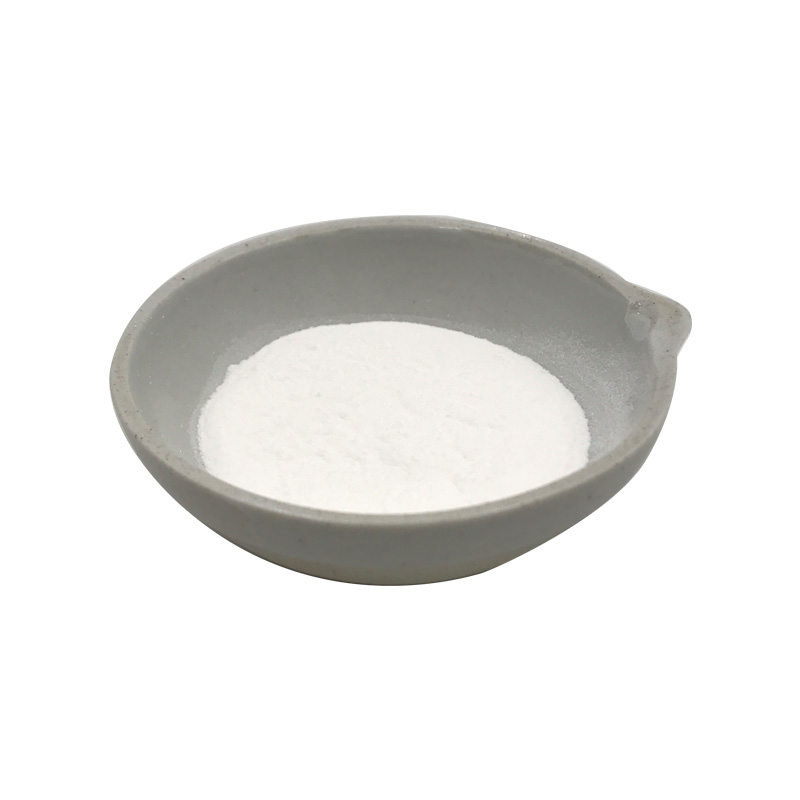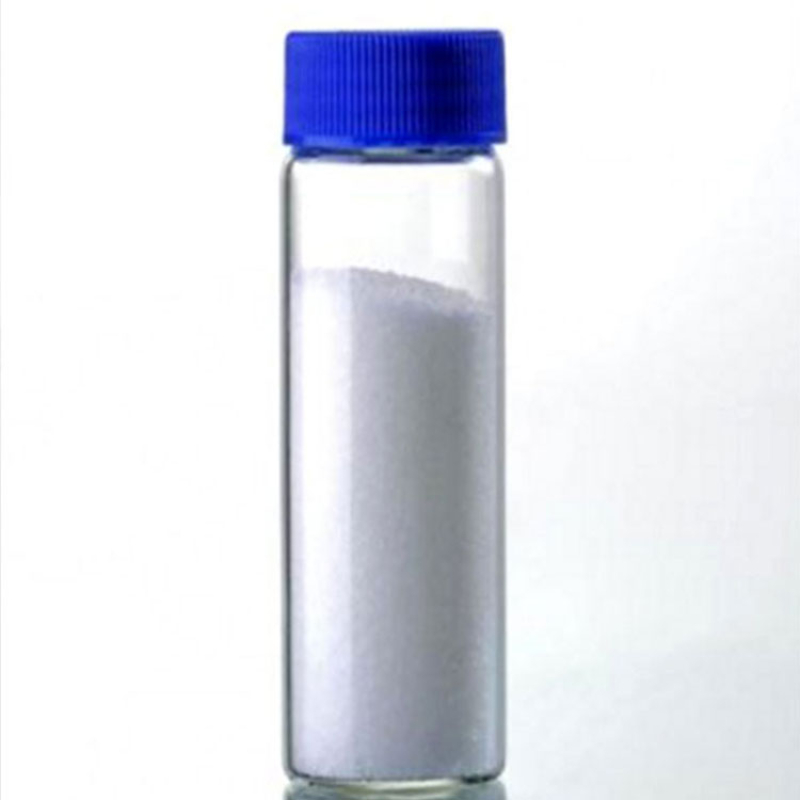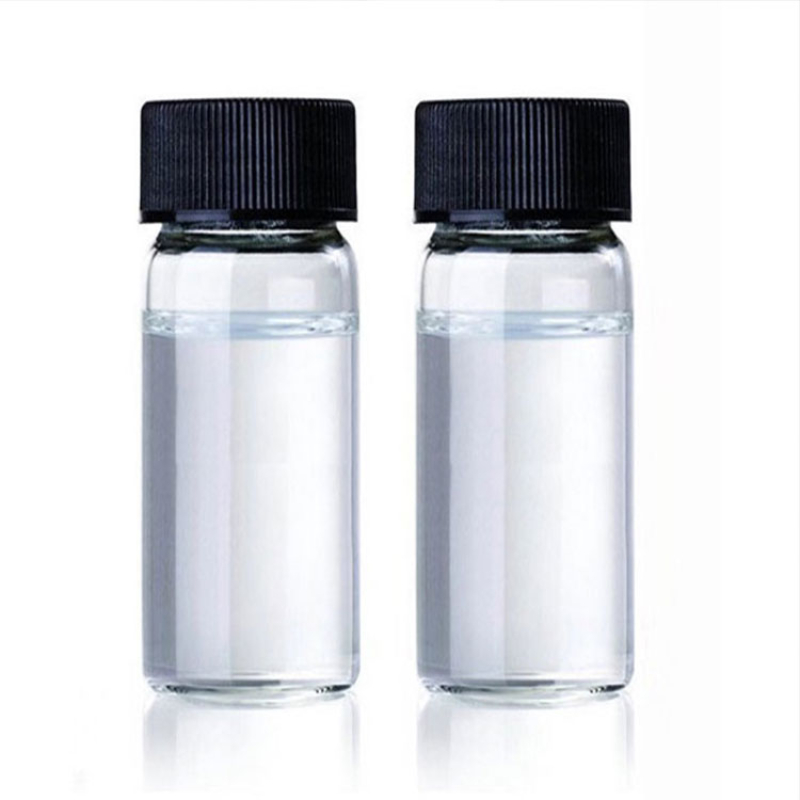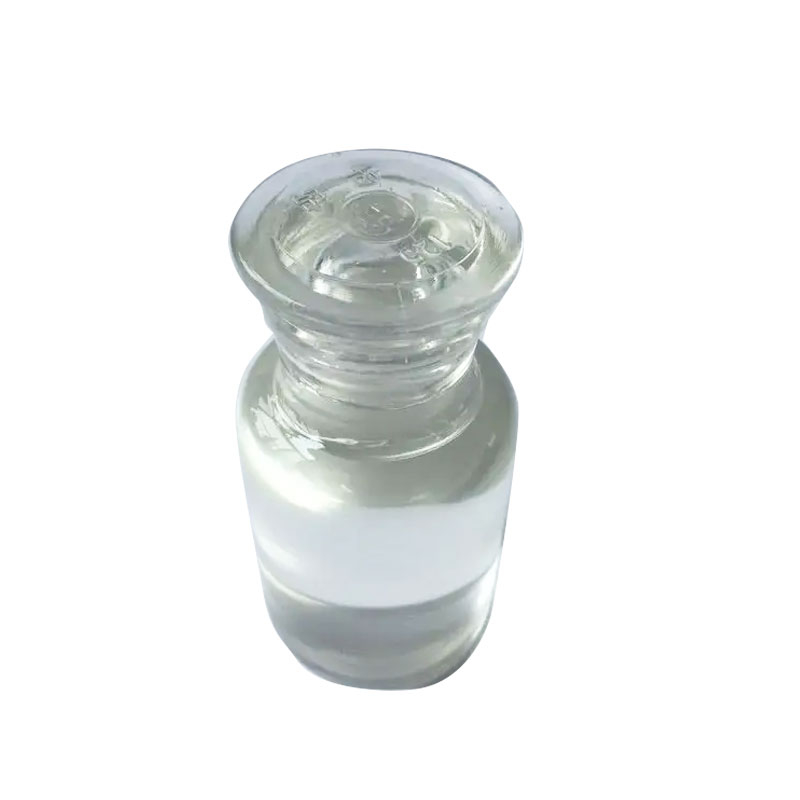Products Description of 2,2'-[(1-Methylethylidene)bis[(dibromo-4,1-phenylene)oxymethylene]]bis[oxirane]-4,4'-(1-methylethylidene)bis[2,6-dibromophenol] copolymer CAS#68928-70-1Tetrabromobisphenol A-tetrabromobisphenol A glycidyl ether copolymer is widely used in flame retardant potting materials, flame retardant laminate adhesives, etc.
今コンタクトしてください
Products Description of POLY(METHYLSILSESQUIOXANE) CAS#68554-70-1White powderPOLY(METHYLSILSESQUIOXANE) Chemical Propertiesdensity 1,08 g/cm3refractive index 1.42Fp >121°Csolubility Insoluble in water.form SolidSpecific Gravity1.08color Clear. White.EPA Substance Registry SystemSilsesquioxanes, Me (68554-70-1)Safety InformationRisk Statements 36/37/38Safety Statements 26-36/37/39TSCA YesFactory and Equipment ShowFast delivery timeInventory 2-3 working days New production 7-10 working days
今コンタクトしてください
Products Description of TITANIUM DIOXIDE CAS#1317-70-0The lattice structure of anatase is also tetragonal, but the lower packing fraction of the crystal lattice explains why anatase crystal exhibits both a lower hardness and refractive indices than rutile.Nevertheless, because the crystal lattice energies of the two phases are quite similar, anatase remains metastable over long periods of time despite being less thermodynamically stable. However, above 700°C, the irreversible and rapid monotropic conversion of anatase to rutile occurs.
今コンタクトしてください
Products Description of Tetrabutylammonium Perchlorate CAS#1923-70-2Tetrabutylammonium perchlorate is used as a research compound, in medicine, and as an electrolyte in electrochemical gradeTetrabutylammonium perchlorate Chemical PropertiesMelting point 211-215 °Cdensity 1.0387 (rough estimate)refractive index 1.6800 (estimate)solubility acetonitrile: 0.1 g/mL, clear, colorlessform Crystalline Powdercolor WhiteWater Solubility Soluble in acetonitrile and ethanol.
今コンタクトしてください
Products Description of Antioxidant 1330 CAS#1709-70-2Hindered phenol antioxidant 330 is a white crystalline powder with a melting point above 244°C. It is insoluble in water. Its solubility in some solutions at 18°C (g/100g solvent) is: benzene 20, dichloromethane 31.9, methylcyclohexane 1.7, methanol 0.2, isopropanol 0.1.
今コンタクトしてください
Products Description of Cuprous bromide CAS#7787-70-4Cuprous bromide is white powder or cubic crystal, with a melting point of 498°C and a boiling point of 1345°C.
今コンタクトしてください
Products Description of Antioxidant 1330 CAS#1709-70-2Hindered phenol antioxidant 330 is a white crystal powder with a melting point above 244°C and is insoluble in water. The solubility (g/100g solvent) in certain solutions at 18°C is: benzene 20, methylene chloride 31.9, methylcyclohexane Alkane 1.7, methanol 0.2, isopropyl alcohol 0.1.
今コンタクトしてください
Products Description of Tetramethylguanidine CAS#80-70-6Tetramethylguanidine, referred to as TMG, is a strong organic base catalyst with a wide range of uses in industry.
今コンタクトしてください
Products Description of LANTHANUM ACETATECAS#917-70-4White powderLANTHANUM ACETATE Chemical Propertiesdensity 2.02[at 20℃]Water Solubility 100g/L at 20℃CAS DataBase Reference917-70-4(CAS DataBase Reference)EPA Substance Registry SystemLanthanum acetate (917-70-4)Factory and Equipment ShowFast delivery timeInventory 2-3 working days New production 7-10 working days
今コンタクトしてください
Products Description of Glutathione CAS#70-18-8Glutathione is a tripeptide compound formed by glutamic acid, cysteine and glycine through peptide bond condensation. It is the most important low-molecular thiol for anti-oxidative stress in mammalian cells. It was discovered in 1921 and its chemical structure was determined in 1930. Dr. Al Mindell, a famous American nutrition and health expert, called glutathione a triple-effective anti-aging amino acid. It is also known as nature's antioxidant master. It has the appearance of colorless, transparent, elongated granular crystals.
今コンタクトしてください
Products Description of Triallylamine CAS#102-70-5Triallylamine is an organic compound with the chemical formula C9H15N. It is mainly used as an extraction agent for uranium and rare metals. It can also be used to treat organic wastewater and produce petroleum products and quaternary ammonium compounds and their derivatives as additives and metal resists.
今コンタクトしてください
Products Description of Pyridazin-3-Amine CAS#5469-70-5Pyridazine-3-amine appears as a white or off-white solid powder at room temperature and pressure. It is a commercial drug molecule and organic synthesis intermediate. It can be used as a molecular skeleton to participate in the synthesis of drug molecules and bioactive molecules.
今コンタクトしてください
Products Description of 3-Dimethylaminopropylamine 99.5% CAS#109-55-7Colorless and transparent liquid, soluble in water and organic solvents. Relative density 0.8100. Boiling point 133℃. Freezing point - 70°C. Below this temperature it solidifies into glass. Flash point (closed cup) 15℃. Refractive index 1. 4350.
今コンタクトしてください
Products Description of Polydextrose CAS#68424-04-4Polydextrose is easily soluble in water, with a solubility of 70%. The pH value of a 10% aqueous solution is 2.5-7.0. It has no special taste and is a food component with health functions that can supplement the water-soluble dietary fiber required by the human body. After entering the human digestive system, polydextrose produces special physiological metabolic functions, thereby preventing and treating constipation and fat deposition.
今コンタクトしてください
Products Description of D(+)-Glucose CAS#50-99-7Glucose is a six-carbon sugar containing an aldehyde group with a molecular formula of C6H12O6. It is the most important monosaccharide in living organisms. Its main function is to provide energy required for physiological activities of the body. It is known that the complete oxidation of 1 mol of glucose releases energy of 2870kJ (686kCal), accounting for 70% to 80% of the total energy required by the body.
今コンタクトしてください
Products Description of Propiconazole CAS#60207-90-1he triazole compound propiconazole (Pcz), 1-[[2-(2,4- dichlorophenyl)-4-propyl-1, 3-dioxolan-2-yl]methyl]-1,2,4-triazole, is a kind of triazole fungicide (Fig. 1). It is used extensively in a variety of applications. It is used on grasses grown for seed, mushrooms, corn, wild rice, peanuts, almonds, sorghum, oats, pecans, apricots, peaches, nectarines, plums and prunes.
今コンタクトしてください
Products Description of Dodecylamine CAS#124-22-1Dodecyl primary amine is also known as 1-aminododecane, laurylamine, and dodecylamine. It is colorless or white crystal. This product is weakly alkaline and can form salts with inorganic or organic acids. Can be quaternized. Reacts with ethylene oxide and can be acetylated. Chemicalbook can be added to unsaturated hydrocarbons. This product can be oxidized with peroxide. Reacts with halogenated carboxylic acids to generate amphoteric compounds. Reacts with carboxylic acid chloride to generate amides.
今コンタクトしてください
Products Description of Glyceryl monostearate CAS#31566-31-1 Glyceryl monostearate is an emulsifier and additive for food; it is used as an emulsifier in cosmetics and pharmaceutical ointments.
今コンタクトしてください
Products Description of 1-Methylpyrrolidine CAS#120-94-5Colorless, transparent, volatile liquid. Freezing point -90°C, boiling point 79.5~80.5°C, relative density 0.819, refractive index 1.4240, flash point -21°C.
今コンタクトしてください
Products Description of 1-Ethylpiperazine CAS#5308-25-8N-Ethylpiperazine (EPA) is one of the piperazine derivatives. As a pharmaceutical intermediate and fine chemical, it is widely used in pharmaceutical and organic synthesis. It is mainly used to synthesize ethyl ciprofloxacin antibiotics. It is also used as a synthetic raw material for dyes and plant protection agents. It is also widely used in fungicides and surfactants.
今コンタクトしてください
Products Description of 1-Dodecanethiol CAS#112-55-0Colorless or light yellow liquid. Melting point -7℃, boiling point 165-169℃ (5.19kPa), 142-145℃ (2kPa), relative density 0.8450 (20/20℃), refractive index 1.4589, flash point 87℃.
今コンタクトしてください
Products Description of 2-DODECEN-1-YLSUCCINIC ANHYDRIDE CAS#26544-38-7Yellow liquid2-DODECEN-1-YLSUCCINIC ANHYDRIDE Chemical PropertiesMelting point 41-43 °C(lit.)Boiling point 180-182 °C5 mm Hg(lit.)density 1.00 g/mL at 20 °Cvapor density 9.2 (vs air)vapor pressure <1 mm Hg ( 20 °C)refractive index 1.477-1.479Fp 352 °Fstorage temp. Inert atmosphere,Room Temperaturesolubility 10g/L in organic solvents at 20 ℃form clear liquid to cloudy liquidcolor Light yellow to Yellow to OrangeWater Solubility&
今コンタクトしてください
Products Description of Pal-Tripeptide-1 CAS#147732-56-7 Palmitoyl tripeptide-1 is a matrikine signal peptide that acts on the dermis and can promote the synthesis of extracellular matrix such as collagen and glycosaminoglycans, strengthen the dermis, make the skin thicker and firmer, relieve wrinkles, and have a stronger ability to resist ultraviolet radiation.Pal-Tripeptide-1 Chemical PropertiesBoiling point 913.0±65.0 °C(Predicted)density 1.105storage temp. Store at -20°Csolubility DMF: 30 mg/ml; DMSO: 10 mg/ml; Ethanol: 30 mg/mlform A solidpka3.16±0.10(Pr
今コンタクトしてください
Products Description of 1-Methylimidazole 99% CAS#616-47-7N-methylimidazole, also known as 1-methylimidazole, is mainly used as an organic synthesis intermediate, ionic liquid and resin curing agent, adhesive, etc., such as the synthesis of deoxyribonucleic acid and acetylation catalyst, as well as for casting, bonding and fiberglass. Therefore, optimizing the synthesis process of N-methylimidazole has great application value and practical significance.
今コンタクトしてください


![2,2'-[(1-Methylethylidene)bis[(dibromo-4,1-phenylene)oxymethylene]]bis[oxirane]-4,4'-(1-methylethylidene)bis[2,6-dibromophenol] copolymer CAS#68928-70-1](https://sdluxicdn.huazhi.cloud/cdn/ff/4aHmJfFwYpEABMbnR7HTG1yocAzE1PHApY-zrZ-DCjo/1717752361/public/styles/chanpinzhutu/public/2024-06/%E6%97%A0%E8%89%B2%E6%B6%B2%E4%BD%93%20%283%29%20-%20%E5%89%AF%E6%9C%AC_5.jpg?itok=G1rPjRBd)






























